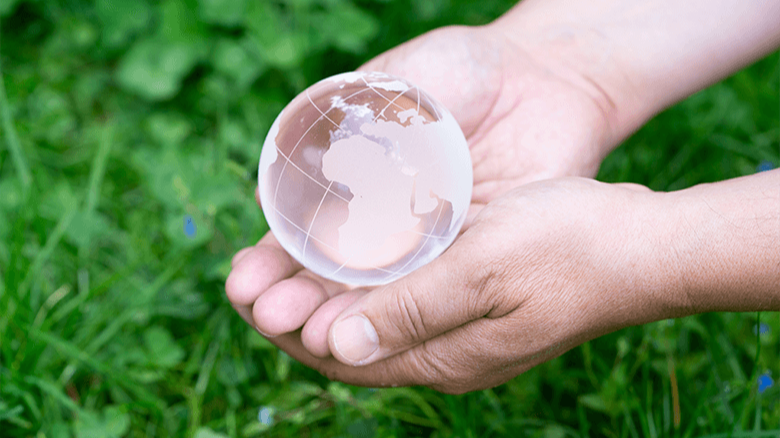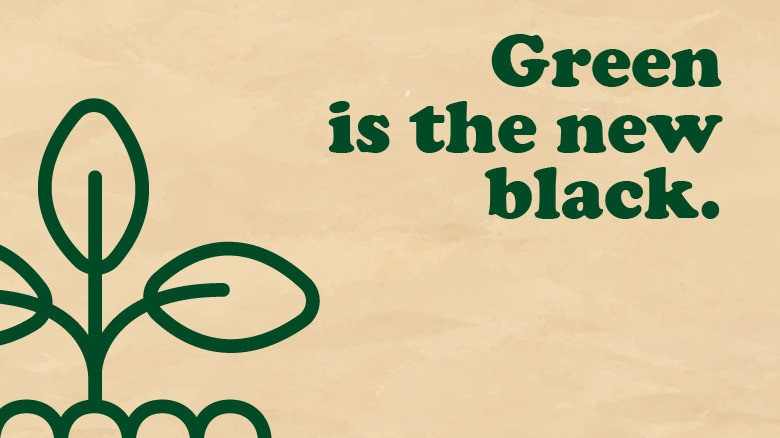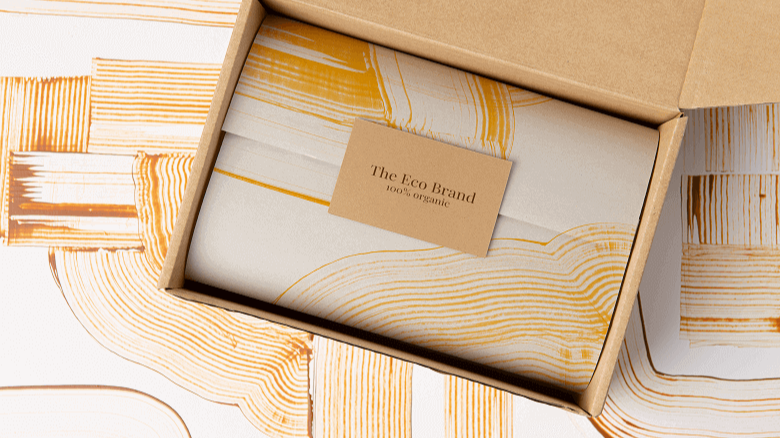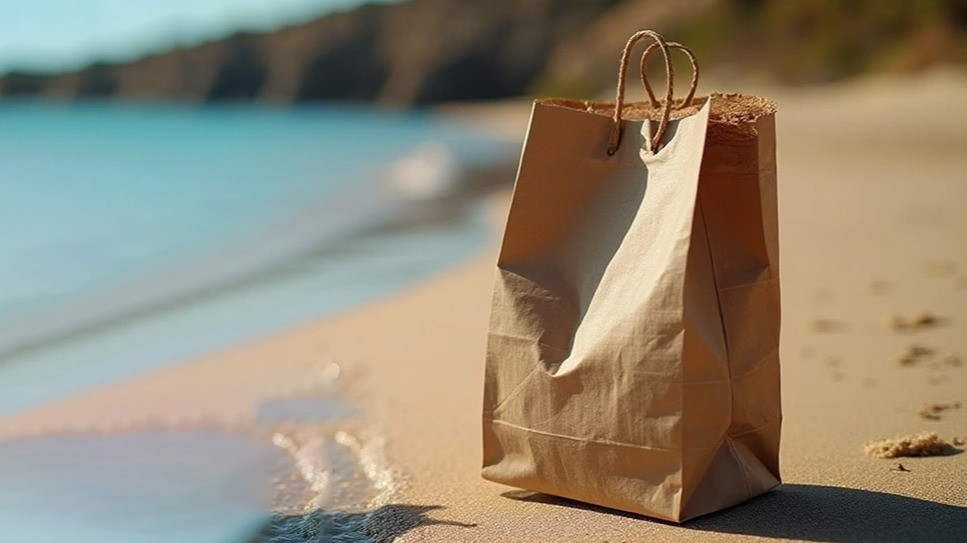European Commission: Unpacking the future of packaging.
What changes does the new European Commission legislation bring to the packaging industry, regarding the restricted use of plastic and paper packages? What will be the impact and how does Cartabianca already follow a path for more eco-friendly practices in the future?
In the last months of 2022, the European Commission brought up a series of shocking numbers and percentages, related to the use of plastic and paper packages at a European level. According to the study, on average, each European generates almost 180 kg of packaging waste per year, while 40% of plastics and 50% of paper used in the EU is destined for packaging.
Without immediate action, the EU would see a further 19% increase in packaging waste by 2030, and for plastic packaging waste even a 46% increase.
The proposed revision of the EU legislation on Packaging and Packaging Waste has three main objectives. First, to prevent the generation of packaging waste: reduce it in quantity, restrict unnecessary packaging and promote reusable and refillable packaging solutions. Second, to make all packaging on the EU market recyclable in an economically viable way by 2030. Third, to increase the use of recycled plastics in packaging, through setting mandatory targets.
What are the specific targets for the packaging industry?
1. Reduce packaging waste through reuse and recycling
The main target is to reduce packaging waste by 15% by 2040 per Member State per capita, compared to 2018. This would lead to an overall waste reduction in the EU of some 37%, compared to a scenario without changing the legislation. It will happen through both reuse and recycling.
2. Reusable or refillable packaging for e-commerce deliveries
Reuse or refill of packaging has declined steeply in the last 20 years. Therefore, companies that are active in the e-commerce environment will have to offer a certain percentage of their products to consumers in reusable or refillable packaging. There will also be some standardization of packaging formats and clear labelling of reusable packaging.
3. Fully recyclable packaging by 2030
A series of measures is being suggested to reach the target of fully recyclable packaging by 2030. This includes setting design criteria for packaging; creating mandatory deposit return systems for plastic bottles and aluminum cans; and making it clear which very limited types of packaging must be compostable.
The proposal will clear up any confusion on which packaging belongs to which recycling bin. Every piece of packaging will carry a label showing what the packaging is made of and in which waste stream it should go. Waste collection containers will carry the same labels. The same symbols will be used everywhere in the EU.
How do Cartabianca solutions already contribute to the environmental protection?
Cartabianca has been certified according to the FSC™ Chain of custody standard (FSC™ C172223) and may offer smart and green packaging solutions that are environmentally-friendly.
This allows us to ensure that our sustainable packages come from well-managed, FSC™-certified forests, recycling materials and other controlled sources. At the same time, customers who will trust our products like paper bags or courier bags will be able to highlight the eco-friendly side of their business - in a certified way.
Through certification, environmentally conscious consumers can recognize the origin of each product and be assured that the goods they’re buying come from legal and controlled sources.
Make the transition to eco-friendly packaging with Cartabianca here: https://e-cartabianca.gr/el/fsc
Learn more about the European Commission proposal for revision of the Packaging and Packaging Waste Directive (PPWD) here: https://ec.europa.eu/commission/presscorner/detail/en/ip_22_7155






